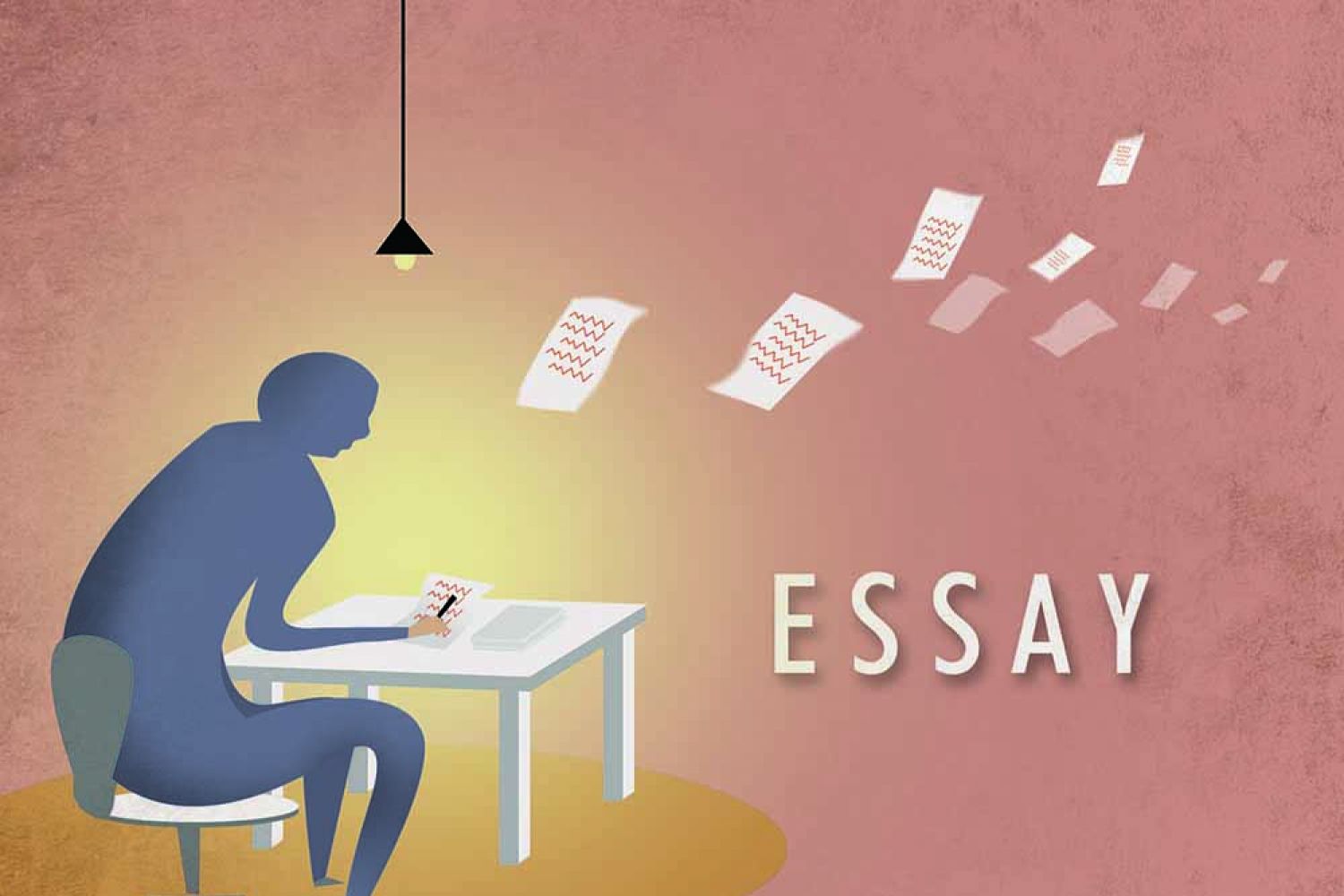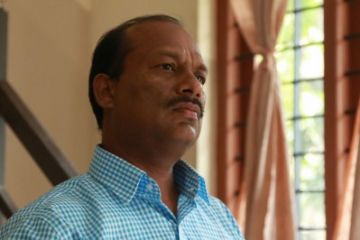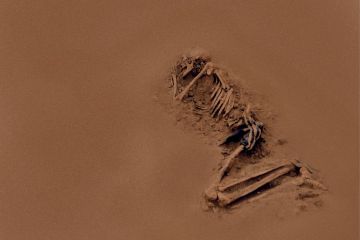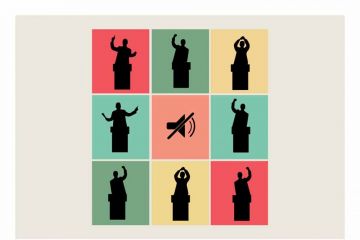
It was in the lobby of an empty hotel on a windswept, rainy Atlantic
coast that I had arranged to meet the Tamil doctor. A political refugee from
the tropical jungles of northern Sri Lanka, he now lives in a tranquil
landscape of pine trees and glaciers. Wrapped in a thick fleece against the
damp chill outside, the doctor was extremely nervous about delving back into
the past. He had just been through a month of intensive trauma counselling.
There were times when he’d contemplated suicide





